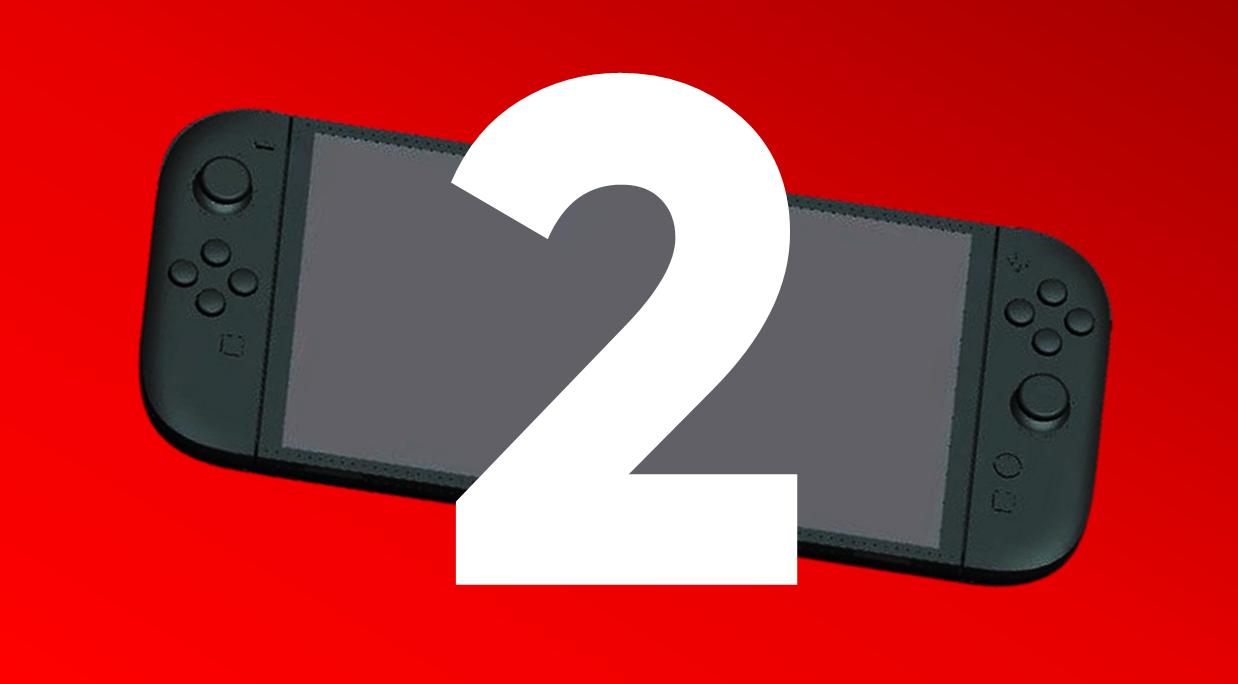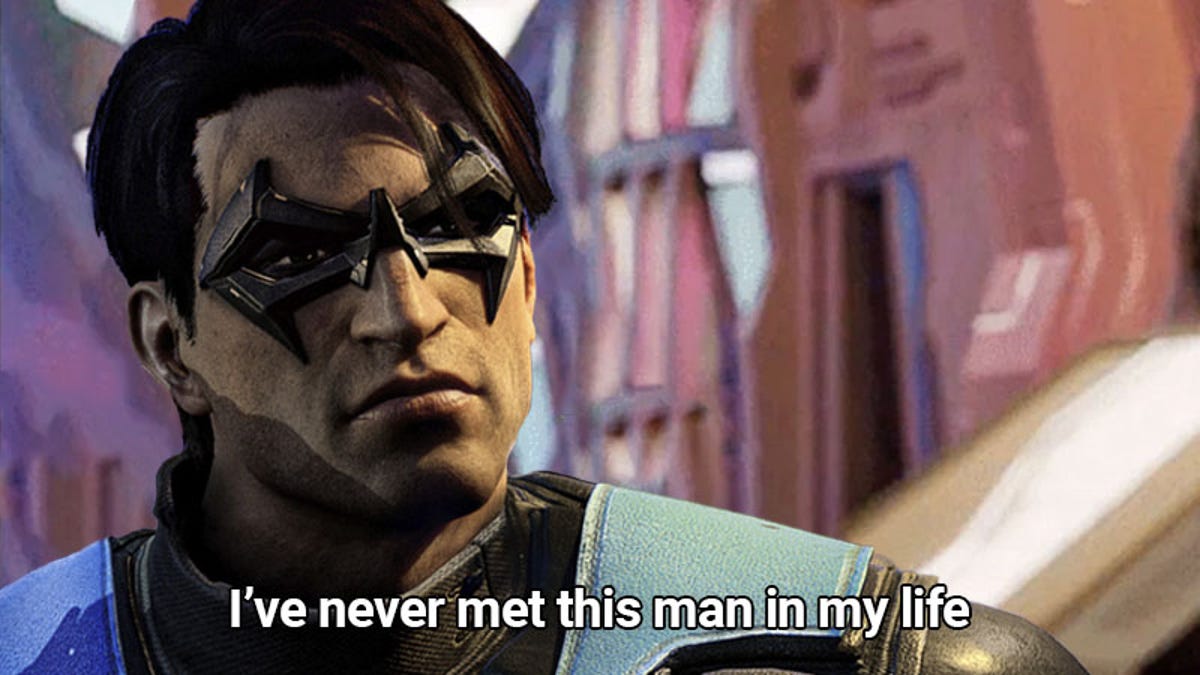
Wayward Strand is a game set in a hospital — specifically, an aged care ward, where many of the patients are struggling with age-related health issues, like dementia.
Ahead of the game’s July 21st release, we spoke to the game’s narrative co-director, Georgia Symons, about what it’s like to write about a sensitive subject, and how games can help players learn more about elderly healthcare and other heavy topics without trivialising the realities.
Nintendo Life: Why did you decide to make a game set in a hospital?
Georgia Symons, Narrative Co-Director: At its heart, Wayward Strand is a game about care. And as a team, we’re especially interested in how our caring relationships with one another are impacted by things like structural power, the economy, and other social factors. So a hospital – especially an aged care ward – was the perfect place to explore those themes of care in a sometimes compromising context.
What storylines are there in Wayward Strand that deal with the elderly, in particular dementia, Alzheimer’s, and other age-related illnesses?
Almost all of our storylines feature older characters! Because the game is set in an aged care ward, 6 of our main characters are patients on that ward. Our intention with Wayward Strand is to portray these older characters in their full experience of life, showing that they have rich interior worlds. So they may struggle with back pain or forgetfulness, but they also have friendships with other patients, and with staff, and their own interests, their own desires, and so on.
One of our characters, Tomi, lives with a form of dementia, and is believed by the staff of the hospital to be completely non-verbal. Without giving too much away, she has storylines that relate to her former career, her continuing love of plants, and her connection to family on the other side of the world.

What was your approach to writing about dementia sensitively?
Whilst we have some team members whose family members have lived with dementia, no one on our team has that direct experience. And so, before locking our scripts in, we wanted to speak with someone who had lived experience with dementia, and get their perspective on the game.
The wonderful Carly Findlay put us in touch with Kate Swaffer, CEO and co-founder of Dementia Alliance International. Kate lives with dementia, and consulted with us on the portrayal of the character of Tomi. In a game that features so much talking, we were faced with the challenge of portraying this non-verbal character with equal sensitivity and dignity to her fellow patients in the hospital.
But Kate had some fantastic suggestions for how we could better understand and portray Tomi’s experience, as well as finding an opportunity in the game to tell a contrasting story of dementia, to put Tomi’s experience in a bit more context.
What other research did you do before starting on Wayward Strand?
So much! The game is set in the 1970s, in regional Victoria, on an airship, and features characters from across the world, as well as a Bunurong character. Luckily, our team adore research, and our process involved everything from desktop research to field trips to years-long consultation relationships with people whose lived experience deeply informed our game.

Have you played games like Spiritfarer, To The Moon, and Before I Forget, which also deal with dementia, death, and memory? If so, what do you think of how those games handled the topic?
Personally (Georgia speaking, Narrative co-director), of these games, I’ve only played Spiritfarer. I found it very moving! Perhaps because of the themes I’ve been thinking about in Wayward Strand, I was less interested in the portrayal of death, and more interested in the portrayal of care. Some of the spirits who come aboard your boat are assholes. They’re conceited and they’re demanding – and you take care of them anyway.
Our game is very different to Spiritfarer, but we have some of that same essence – that idea of creating characters who are real people, and encouraging the player to think about when and how care can be performed for those who we might not want to care for, or who might not be able to reciprocate in any way.
Games are capable of being tools for empathy and education, but they also risk trivialising matters – how do you avoid that?
We have at least one very clear-cut strategy for avoiding the trivialisation of serious topics in our game: make it less game-y. A game set in a hospital would be horrendously trivialising if you got some kind of points for performing the care, or if treating someone’s cancer was a winnable quest, or something like that.
Our game design is interested in how player agency is not always a given, and how the player character doesn’t have to feel central to the world in order for the game to function. In Wayward Strand, you can care for the characters, and you can help them with small things. But you can’t cure their illness, and nor can you collect points to earn their respect.
How do you write characters that have agency, personality, and dignity, while also portraying their serious illnesses?
Our consultation processes have been a huge part of this. With such a heterogeneous ensemble cast, we were always going to be writing very far outside our own lived experience. And so, from day one, we have invested time and money into talking with people whose lived experience is closer to that of our characters.
And for each of the patient characters, we ensure that we portray them fully by understanding three things: who were they before their illness? Who are they now? And what is their attitude towards their illness? These questions can help us strike the balance between portraying the gravity of these illnesses, without making the illness into its own personality trait which eclipses the human being.
Wayward Strand is set in 1978 – how different was medical treatment of the elderly back then, and how has this informed the game?
Treatment was profoundly different, and we’ve faced a real challenge in deciding how to render this difference. For one, medical professionals had much less information to go on. The kinds of tests and scans that are possible now just weren’t around then. This meant that medical professionals had to be more attuned to their patients as people, and more interactive with their patients’ bodies.
It also means, quite simply, that medical outcomes were often worse. We have a few storylines which portray this – patients suffering from illnesses which today would be considered minor or preventable. But we also have some stories which foreshadow questions to do with quality of life and end-of-life care where attitudes have evolved in the intervening years.
Do you have personal experiences with dementia on the team? If so, how did that influence the making of Wayward Strand?
Some of us have family members who have lived with dementia, and this influenced our initial desire to include a character with dementia. But our conversations with our fantastic consultant Kate Swaffer were definitely the most illuminating part of the process of creating this character.
What do you hope people can learn or discover about dementia through your game and others?
Dementia is an illness that is plagued with a lot of misconceptions. People living with dementia are often perceived as having lost their personhood – along with the dignity and rights that attend that personhood – very early in their illness.
Just like all our other characters, Tomi is an individual with a history, with her own interests, and with a rich interior world. We hope that players of our game who are living with dementia feel some comfort or companionship from the game as a whole and from Tomi in particular; and that other players can sit with Tomi and reflect on the many ways they have of relating to anyone in their life living with dementia.
Thank you to Georgia for speaking to us, and to the team for organising the interview! Wayward Strand will be out on the Nintendo Switch eShop on July 21st, 2022.
Further reading:








